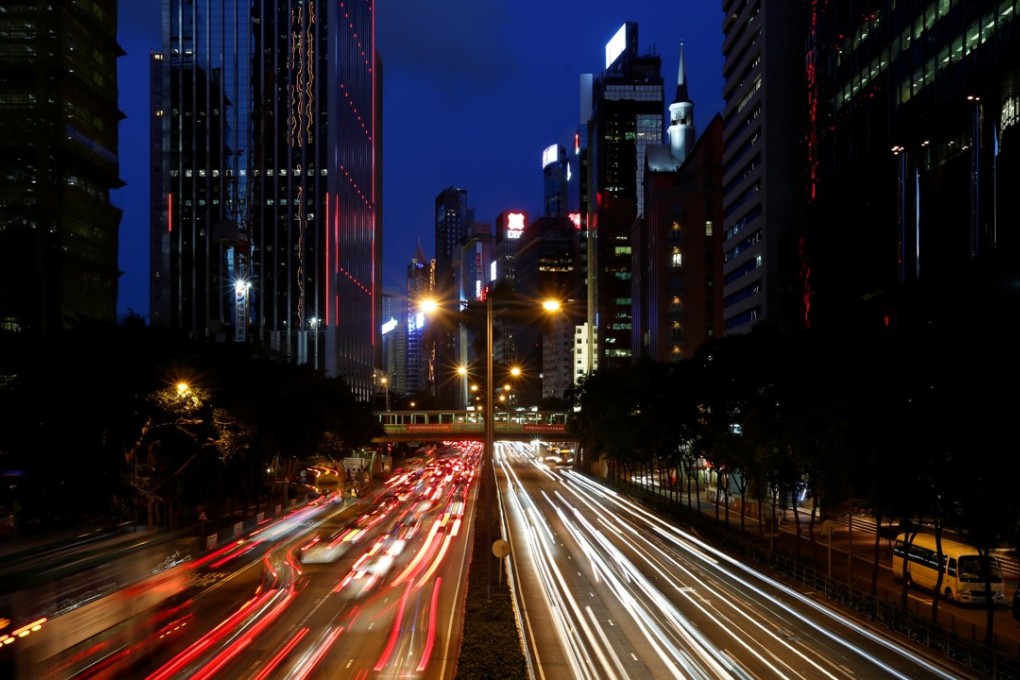Advertisement
As New York shows, open data is the key to smart traffic solutions
Winnie Tang says Hong Kong can learn from the New York experience in addressing privacy and data security concerns, to build trust between the local government and its people as smart cities move towards open public data
Reading Time:2 minutes
Why you can trust SCMP
0

In the era of smart cities, improvements are often heavily data driven. That is why data collection and sharing is the key to solving traffic congestion in the Hong Kong government’s smart city blueprint.
Today, while some mobile apps update users with real-time traffic information, it is limited to submissions by subscribers. It is only possible to have a comprehensive picture of the traffic situation with open access to public data and sharing among private and public organisations.
STEM education key to Hong Kong’s ‘smart city’ plan, but long-term steps must be taken now, experts warn

In New York City, open data is law, rather than just a policy or an executive order as is the case in many other cities. In 2012, the city mandated that “all public data be made available on a single web portal by the end of 2018”.
A city official noted that safeguarding privacy was a major issue: a request for pickup and drop-off locations and times from for-hire vehicles, such as Uber, for analysis and release to the open data portal triggered an outcry.
Data from ride-hailing companies could enable public officials to understand the effect on the transport network – whether a neighbourhood needed more frequent bus services, a new line or a bike-sharing station as well as areas not served by ride-sharing firms – enabling informed decisions to be made on traffic and transit services. The data could also help monitor drivers’ working hours to reduce the risk of fatigue driving.
Advertisement
Select Voice
Choose your listening speed
Get through articles 2x faster
1.25x
250 WPM
Slow
Average
Fast
1.25x